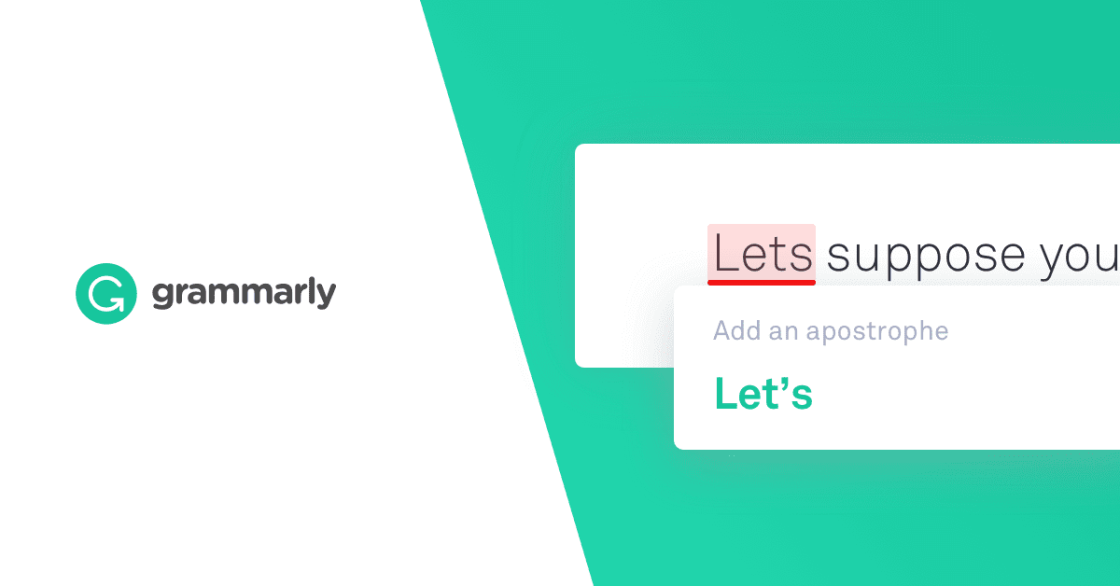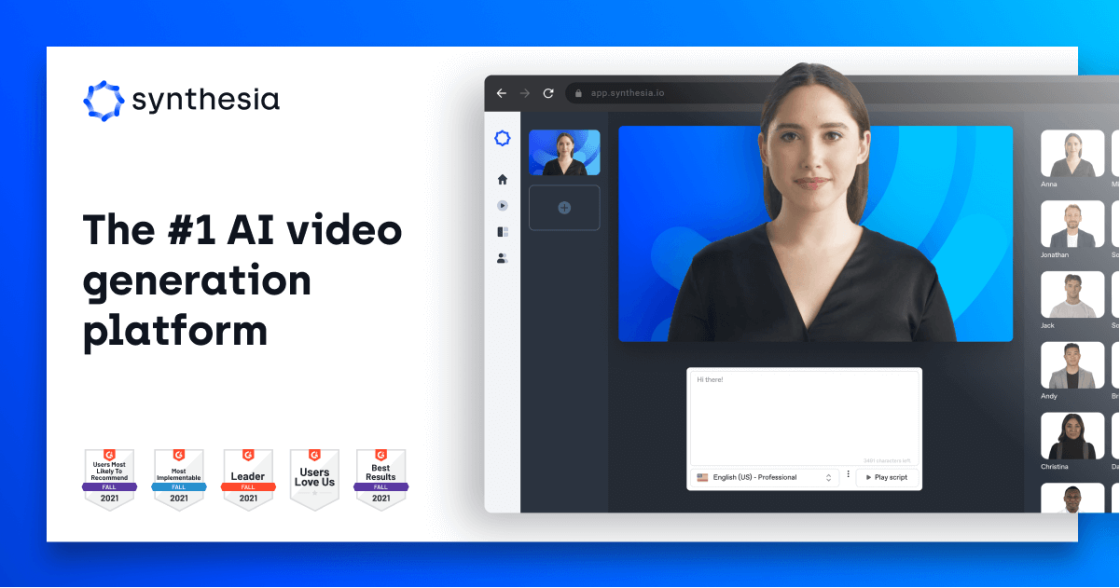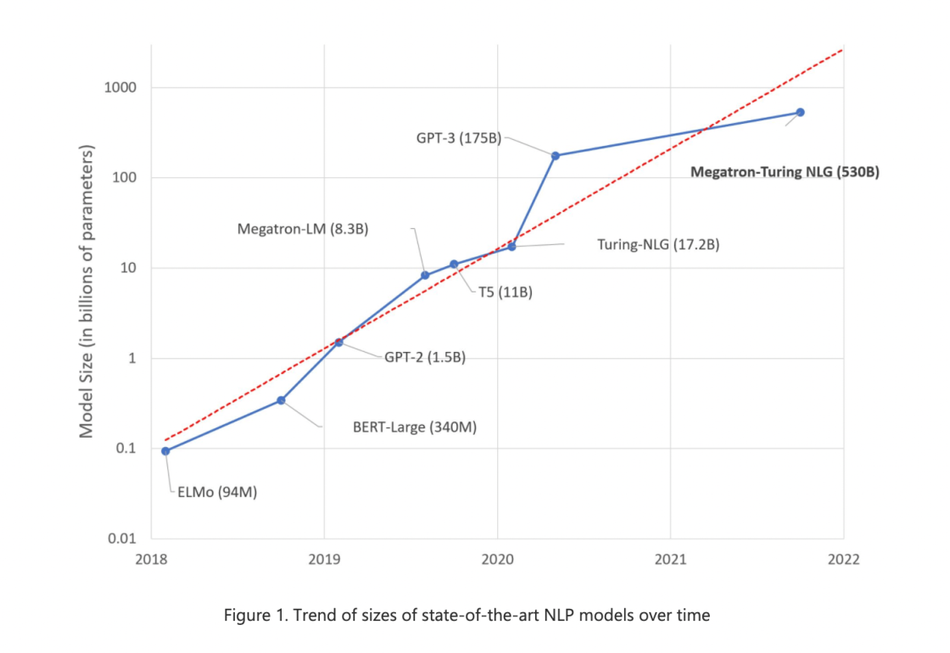

AI powered online tool used to practise mock interviews both technical and behavioural and get instant feedbacks and summary. Both voice and type based input are accepted and detailed feedback is been given on specific topics.
AI Test Kitchen is an app where people can learn about, experience, and give feedback on emerging AI technology. Similar to a real test kitchen, AI Test Kitchen will serve a rotating set of experimental demos to give you a taste of what’s possible with AI.
AI Lawyer is a ChatGPT-powered legal assistant designed for swift legal research and advanced document functions such as summaries, comparisons, and contract drafting.
Linguee is an innovative machine translation platform that offers instant access to countless bilingual texts and translations in over 100 languages. With its user-friendly interface and accurate results, Linguee has become an essential tool for language learners, professionals, and individuals seeking to communicate effectively across different cultures. This exceptional resource allows users to easily navigate the intricate nuances of language, providing them with a comprehensive understanding of vocabulary, grammar, and syntax. In this way, Linguee has emerged as a powerful ally in promoting cross-cultural communication and multilingualism.
Babbel is a language learning app that provides an all-inclusive platform for individuals seeking to learn a new language. The app boasts structured courses tailored to cater to the needs of users, course review tools to help learners revise the content learned, and live classes with native speakers to improve conversational skills. With its user-friendly interface and extensive language options, Babbel proves to be an efficient and effective tool for language acquisition.
Memrise is a popular language learning app that offers a fun and interactive approach to mastering new languages. With an array of games, vocabulary lists, and audio lessons featuring native speaker recordings, Memrise has become a go-to resource for language enthusiasts worldwide. This app has revolutionized language learning by providing an immersive experience that makes learning a new language more engaging and effective. With its user-friendly interface and innovative features, Memrise has become the perfect tool for anyone looking to expand their linguistic horizons.

Grammarly
Grammarly: Free Online Writing Assistant

Synthesia
Synthesia | #1 AI Video Generation Platform

VidIQ
Boost Your Views And Subscribers On YouTube - vidIQ

GPT For Sheets
GPT for Sheets™ and Docs™ - Google Workspace Marketplace

Writer
Writer - Generative AI your people will love

Megatron NLG
Using DeepSpeed and Megatron to Train Megatron-Turing NLG 530B, the World’s Largest and Most Powerful Generative Language Model | NVIDIA Technical Blog

Venngage
Valentine’s Day Card Maker

Landr
LANDR: Creative Tools for Musicians
Julia is a dynamic programming language designed for high-level numerical computing. It was created to overcome the limitations of traditional programming languages, which are often too slow and inefficient for complex mathematical computations. With its unique combination of speed and flexibility, Julia has quickly become a favorite among data scientists, mathematicians, and engineers. One of the key features of Julia is its ability to seamlessly integrate with other programming languages, such as Python, C++, and R, making it an ideal choice for collaborative projects. Julia's syntax is easy to learn, making it accessible to programmers of all levels of experience. Additionally, Julia's open-source nature allows for continuous development and improvement by a vibrant community of contributors. In this paper, we will explore the features of Julia that make it an effective tool for numerical computing and discuss some of the applications where it has been successfully implemented.
Julia is a high-level, high-performance dynamic programming language designed for numerical computing.
Julia is unique in that it combines the ease of use of popular scripting languages like Python with the speed and efficiency of compiled languages like C++.
Some of the key features of Julia include multiple dispatch, just-in-time compilation, built-in support for distributed computing, and an extensive package ecosystem.
Julia is particularly well-suited for scientific computing, data analysis, machine learning, and other numerical applications.
Julia is generally faster than Python and comparable in performance to MATLAB, but with a more user-friendly syntax and greater flexibility.
While Julia is primarily designed for numerical computing, it can also be used for web development, automation, and other general-purpose programming tasks.
Julia is generally considered to be a beginner-friendly language, with clear and concise syntax and extensive documentation.
Julia uses a sophisticated garbage collection system that automatically manages memory allocation and deallocation, allowing developers to focus on their code rather than manual memory management.
Some potential drawbacks of using Julia include a smaller user community compared to more established languages and the need for specialized knowledge in certain areas, such as parallel computing.
There are many online resources available for learning and using Julia, including official documentation, community forums, and online courses and tutorials.
| Language | Website | Purpose | Pros | Cons |
|---|---|---|---|---|
| Python | https://www.python.org/ | General-purpose, including scientific computing | Easy to learn, large community, extensive libraries | Slower than Julia for numerical computing |
| R | https://www.r-project.org/ | Statistical computing and graphics | Extensive statistical packages, strong data visualization tools | Slower than Julia for non-statistical tasks |
| MATLAB | https://www.mathworks.com/products/matlab.html | Numerical computing and data analysis | Widely used in academia and industry, extensive toolboxes | Expensive, not open-source |
| Octave | https://www.gnu.org/software/octave/ | Numerical computing and data analysis | Free and open-source, similar syntax to MATLAB | Slower than Julia for large-scale computations |
| Fortran | https://fortran-lang.org/ | Scientific and engineering computing | Fastest language for numerical computing, legacy codebase | Steep learning curve, less support compared to other languages |
Julia is a high-level, high-performance dynamic programming language that is specifically designed for numerical computing. It was first introduced in 2012 and has since become popular among data scientists and researchers.
One of the key features of Julia is its speed. It was designed to be fast, with performance that rivals that of traditional compiled languages like C and Fortran. This is achieved through the use of just-in-time (JIT) compilation, which allows Julia code to be compiled on the fly and optimized for the specific hardware it is running on.
Another key feature of Julia is its flexibility. It supports multiple dispatch, which means that functions can have multiple methods that are invoked based on the types of their arguments. This makes it easy to write generic code that works with many different types of data.
Julia also has a rich set of built-in data structures and functions for working with arrays, matrices, and other numerical data. This includes support for linear algebra, Fourier transforms, optimization algorithms, and more.
In addition to its numerical computing capabilities, Julia also has a growing ecosystem of packages for other areas of data science and machine learning. These include packages for data visualization, statistical analysis, and natural language processing.
Overall, Julia is a powerful tool for anyone who needs to perform complex numerical computations quickly and efficiently. Its combination of speed, flexibility, and ease of use make it an attractive choice for researchers, data scientists, and engineers alike.
TOP